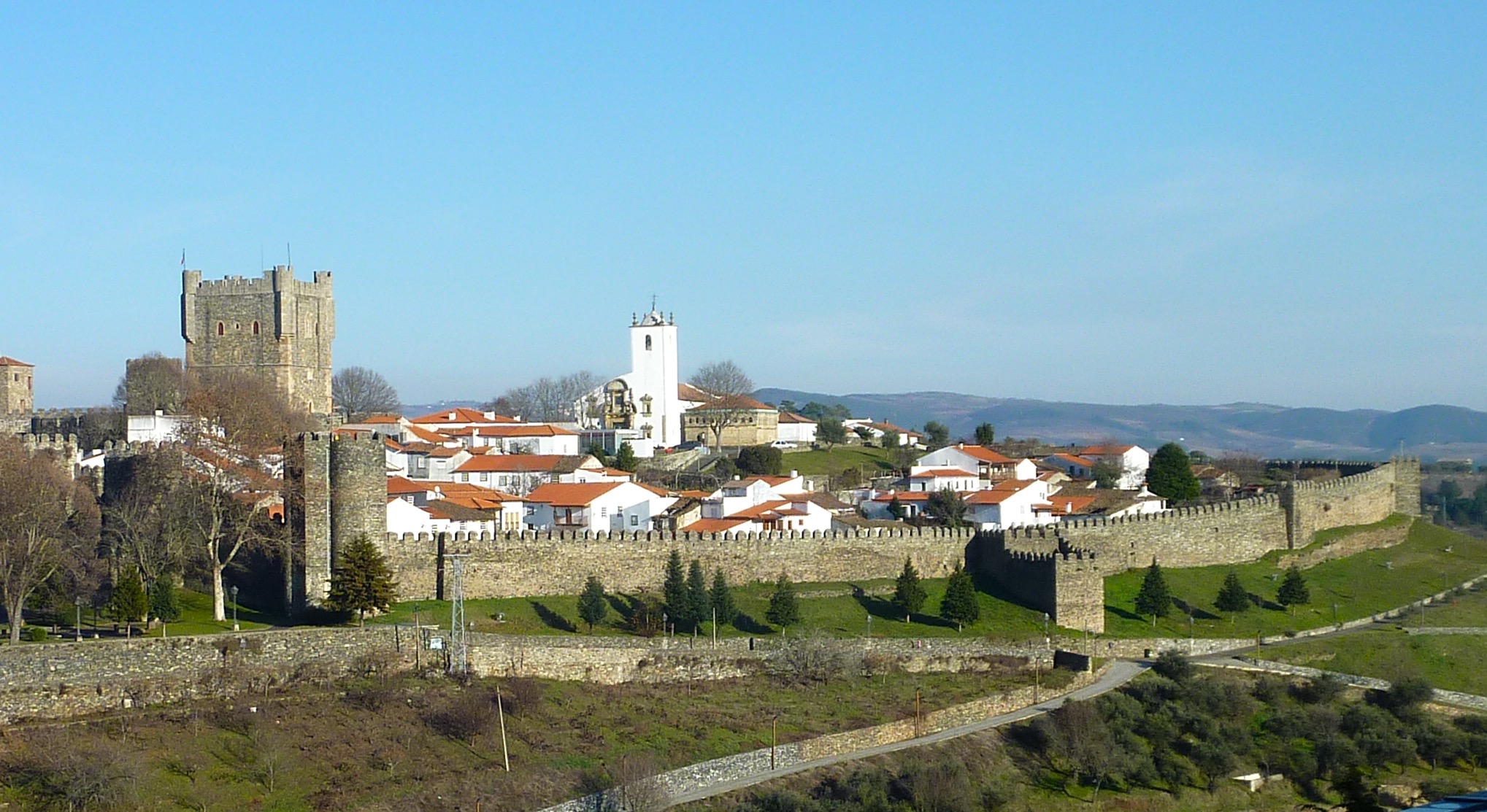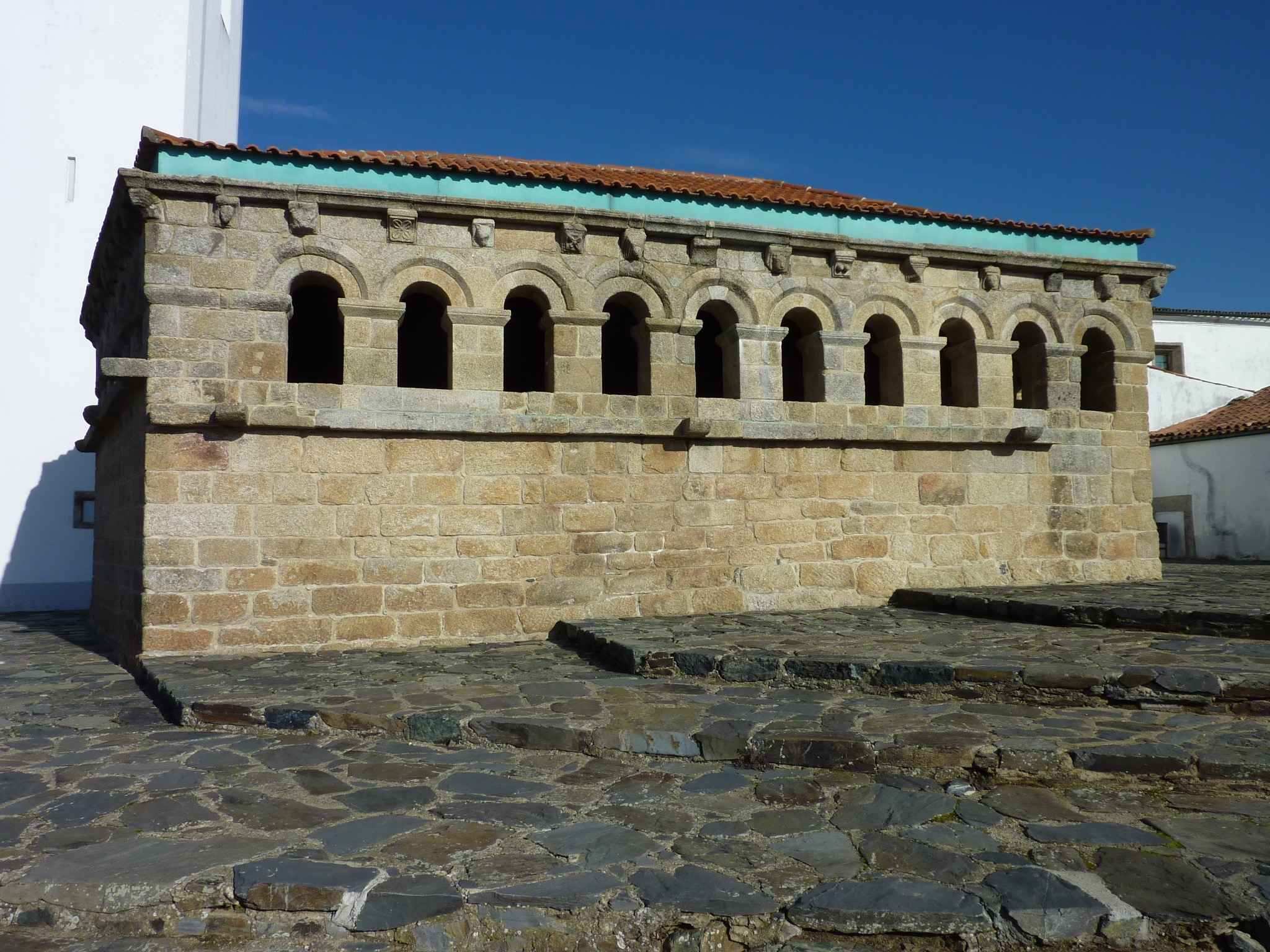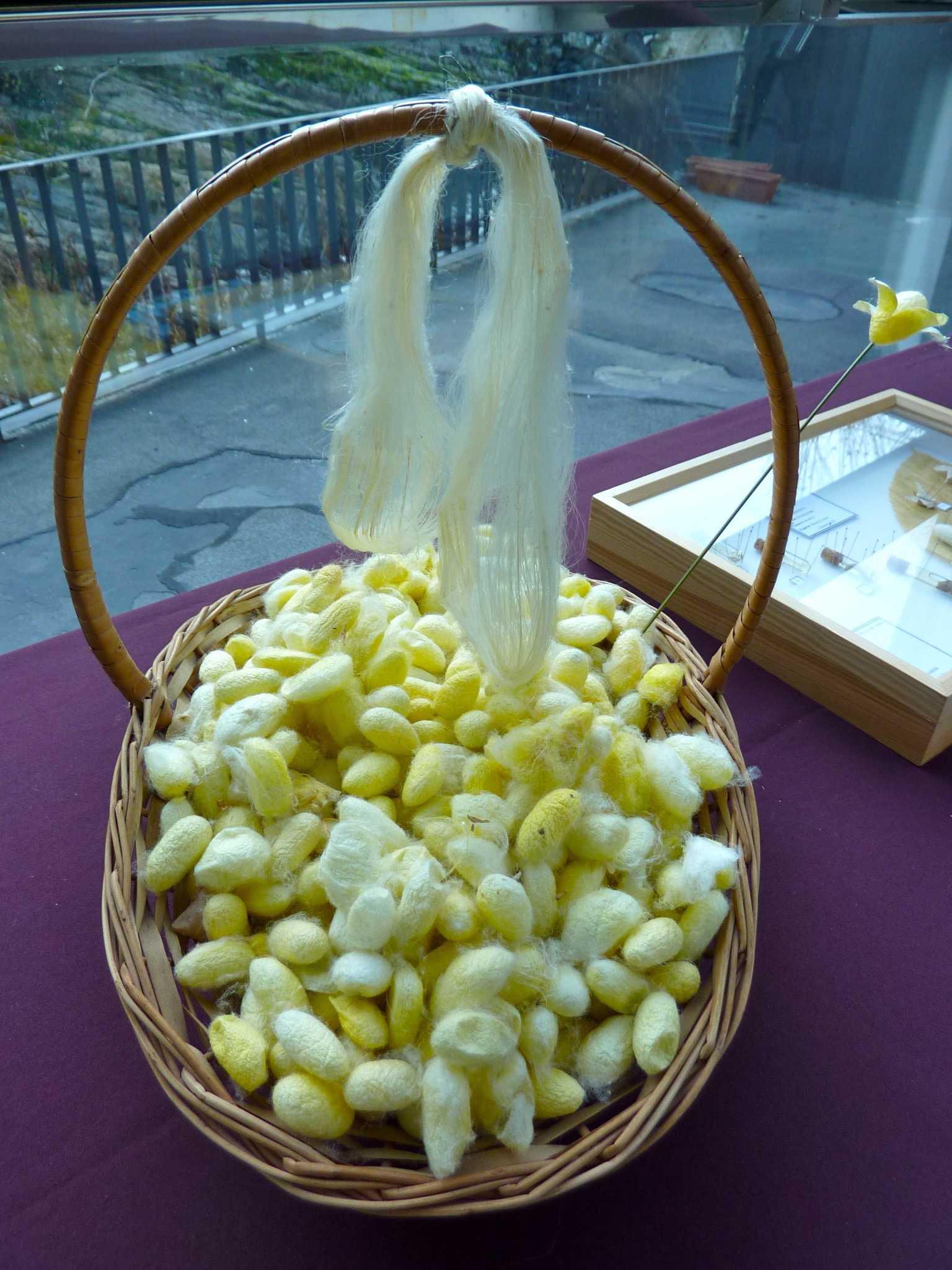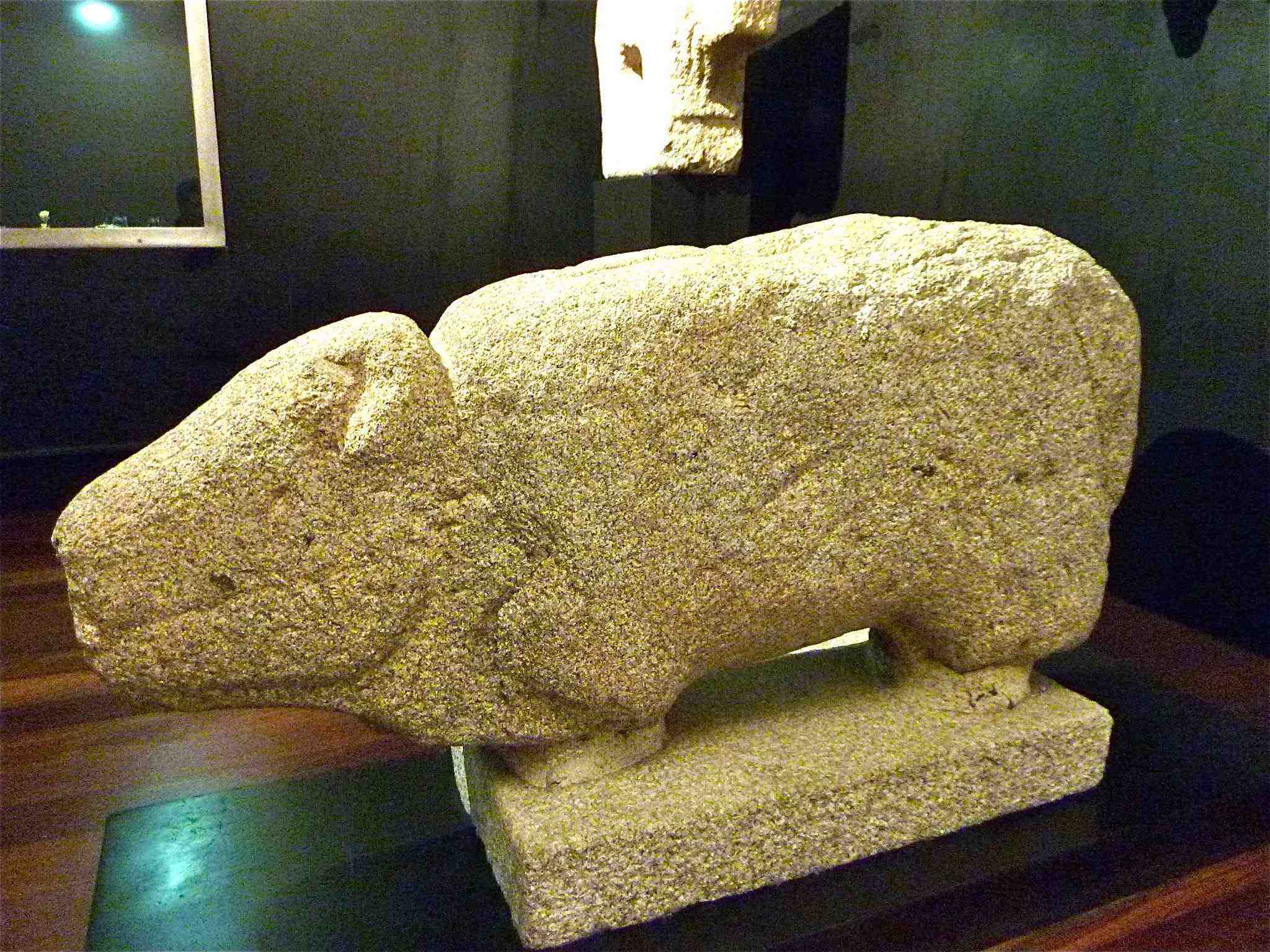Lynne Booker January 2012

In February this year we experienced unseasonal warm weather in our tour of northern Portugal and Galicia. En route for Bragança however, as we reached Vinhais at the edge of the Parque Natural de Montesinho we encountered a huge bank of fog which persisted until we reached the outskirts of Bragança. Visitors to the capital of Trás-os-Montes have to possess a desire to vist this city. It is remote and often suffers from poor weather. When we last visited Bragança, it rained all the time. Fog may not be better, but it is different. I suspect that bad roads and poor communications must have kept away many potential visitors until the advent of the new A4 motorway. Built in the 1990s to link Porto and Vila Real with Spain, this EU funded road passes close to the city of Bragança. As we entered Bragança, we were guided to the centre by the view of the castle and its wonderful torre de menagem. When the fog rolled back over the city, the castle mysteriously, Camelot-like, hovered above it. The walled citadel with its torre de menagem has been described by many people as one of the most stirring views in northern Portugal and from my vantage point at the Pousada São Bartolomeu, I could only agree.
In this area there are palaeolithic and substantial neolithic remains together with the fortified settlements of the pre-Roman castro culture. Under the Romans, the important towns in North Portugal were Aquae Flaviae (Chaves), Veniatia (Vinhais) and Zoelae (Castro de Avelãs near Bragança). This district belonged to the administrative division of Astorga. In 569 there was a reference to Vergancia and under the Visigothic king Wamba (672-680) another reference to Bergancia. The town was granted a charter by D Sancho I in 1187,. During the Castilian wars fought by D Fernando (1367 – 1383) the Castilians captured the town and it was restored to Portugal under the terms of the Treaty of Alcoutim (1371).
The name Bragança became famous after 1443 as Afonso, the eighth Count of Barcelos (a bastard son of D João I, and son-in-law of Nun´Álvares Pereira) was created Duke of Bragança by his half brother, the regent D Pedro. The purpose of this creation was to quieten a fractious nobility and to remind the throne of Castile that the remote city of Bragança was indeed a part of the Portuguese kingdom. As a part of this assertion of Portuguese sovereignty, the first duke built the impressive torre de menagem (finished 1439) after which the town was granted a fair in 1445 and was raised to city status in 1466. It was this D Afonso, the first Duke of Bragança, who also built the Bragança ducal palace in Guimarães. The Bragança family later came to prefer their land holdings further south around Vila Viçosa in the Alentejo where Jaime I the fourth duke had begun to build the ducal palace in 1502.
In 1640, two hundred years after the construction of Bragança Castle, Portugal broke free after 60 years of rule by Spanish Habsburg kings, and the reluctant eighth Duke of Bragança was acclaimed king D João IV. Needing military support against Spanish aggression, catholic Portugal allied itself with protestant England. The Infanta Catherine of Bragança was given in marriage to Charles II of England, and her dowry included Tangier, the seven islands of Bombay and two million crowns in gold (about £300 000 which was never paid). English help was promised and when the need arose English troops took part in the last successful battles of the War of Restoration.
The House of Bragança then occupied the throne of Portugal until the advent of the Republic in 1910, and the heir apparent to the throne of Portugal took the titles Prince of Brazil and Duke of Bragança. The splendid isolation of the town of Bragança remained a symbol of national determination. In 1762, as a part of the Seven Years´ War, Spanish and French troops invaded Trás-os-Montes and occupied the towns of Chaves, Bragança and Miranda do Douro. Their plan was to proceed to Porto in order to inflict damage on British commercial interests and to prejudice the Anglo-Portuguese alliance. These invaders left only after a successful Anglo-Portuguese campaign around Almeida and Vila Velha de Ródão in that same year.
As the dreaded Spanish Inquisition probed the Jewish communities of Castile, many Spanish Jews escaped over the border into Portugal. They took advantage of the remoteness of the border areas and the lack of cooperation between the Portuguese and the Spanish Inquisitions. The Jewish community has left is mark in the names of local families and in the cuisine of this remote border town. The alheira sausage for example is made from chicken or turkey rather than pork and is a reminder of the tastes of Jewish community. The once thriving synagogue of Bragança has disappeared.

The walled old town of Bragança is known as the cidadela and at the heart of the cidadela stands the romanesque Domus Municipalis. This building dating from the twelfth century is Portugal´s oldest surviving town hall and its irregular pentagonal footprint is unique. To one side of the Domus Municipalis is the Igreja de Santa Maria (16th century) whose interior is graced with an eighteenth century trompe l´oeil ceiling showing the Assumption. The Torre de Menagem of the castle was one of the first ancient buildings to be restored by the Society of National Monuments in 1928. It now houses a national military museum. In front of the Museu Militar is the pelourinho which sits on the back of a berrão, a boar fashioned out of granite.
The Museu Ibérico da Máscara e do Traje opened in Bragança in 2007. This museum displays 45 of the costumes and 60 of the masks which are used in the winter festivals in Trás-os-Montes, Alto Douro and also Zamora in Spain. The Centro de Arte Comtemporânea Graça Morais opened in June 2008. Designed by Portugal´s most famous architect, Souto Moura, this modern building holds works by the artist Graça Morais and is another example of a collaborative project between Bragança and Zamora. During our visit, there were borrowed works by José Malhoa on display. Bragança, like Lagos, Faro and Tavira, is part of the Rede Nacional de Centros Ciência Viva. This Centro is housed on the site of an old water mill dating from 1914. Its main functions are first to monitor the environment and second to make available the story of the silk industry in the Northeast of Portugal.

There must have been more information than was available to us, since all we managed to see was a basket of the cocoons from which silk thread is spun. We were advised that we should visit Freixo-de-Espada-à-Cinta, some 90km to the south where there still are silk workers using the traditional methods. There is much for me to discover about Portugal´s silk industry, which had also a short life in Tavira itself.
Back in the Pousada São Bartolomeu the receptionist showed us a book in two volumes about the silk industry in Trás-os-Montes, which we were able to consult but which unfortunately was not for sale. In this work, Professor Fernando de Sousa of the University of Porto has made a thorough study of the industry. There is a précis in English of his monumental research which can also be accessed via the internet. Sadly, his conclusion is as follows:
We do know that the Trás-os-Montes silk industry was historically the most important industrial sector in this region, dominating other activities without any competition until the 19th century. For centuries, it was the economic activity that was most open to the outside world and the first to yield to the new capitalist mentality. It was, undoubtedly, the productive activity that contributed most to the national and international recognition of the region and its identity.
For all these reasons, the Trás-os-Montes silk industry has proved a unique legacy, although one that is currently and regrettably being abandoned and wasted!
Just down the hill from the cidadela is the Igreja de São Vicente. D Pedro I of Portugal (1357 – 1367) claimed to have secretly married Inês de Castro in this church. Their story is Portugal´s greatest tale of love and revenge. For reasons of state, the heir to the throne D Pedro had married a Castilian, D Constança Manuel, and almost immediately fell in love with one of her Castilian ladies in waiting, D Inês de Castro. The two carried on an affair, which continued after the death of D Constança. But even after his wife´s death D Pedro was forbidden by his father from marrying Inês because she was not of royal lineage, and she and her Castilian brothers exercised too great an influence over D Pedro. D Afonso IV, under pressure from his advisers in 1355, sanctioned her murder, which took place near Coimbra. Succeeding to the throne two years later, D Pedro extradited two of the three murderers from Castile, and took his revenge by having their living hearts ripped out of their bodies. Asserting that he and Inês were legally married, he allegedly had her body exhumed and crowned and – again allegedly - compelled the court to pay homage to the dead queen by kissing her hand. The carved sarcophagi of the lovers now lie in opposite transepts of the Mosteiro de Alcobaça so that as they rise on Judgement Day they will see each other before anything else. D Pedro has a number of soubriquets, among them The Just and The Cruel.
Close by is the Igreja São Bento which features a painted trompe l´ oeil ceiling similar to the one in Santa Maria. In the chancel there is a rare mudéjar ceiling characteristic of the Manueline period. Located further west is the Museu do Abade de Baçal (a village near Bragança). The abbot in question was Father Francisco Manuel Alves born in Baçal in 1865. Parish priest of Baçal from 1889 to 1947, he famously recorded the history of Trás-os-montes and his Bragança house is now home to his regional collection of ethnography, archaeology and art. Sophisticated traveller José Saramago was surprisingly moved by this provincial museum which contains no major works of art. He could conclude only that the exhibits sent a frisson through him because of the love with which they had been collected and arranged for exhibition. The display includes sacred art, Roman archaeological finds, berrões and paintings by Abel Salazar and Alberto de Sousa. These and the local costumes of the pauliteiros (stick dancers), who still perform at festivals in the area, give us a delightful picture of this quirky and remote part of Portugal.
Chapter four of Journey to Portugal begins with these words: On arrival at Bragança, it began to rain. He exits the Museu Abade de Baçal: The traveller emerges into the rain. Absorbed in his reflections on the marvels of one of Portugal´s greatest museums he fails to notice it has stopped raining. Later that evening he visited friends and got lost. It continued to rain. Saramago may count himself lucky that he missed the fog.
 The stone animals (the berrões referred to above) are up to 2 m in length and are Celtic in origin and may have been used in fertility rites to represent strength and power. There are 400 or more of these berrões to be found throughout Trás-os-Montes, and over the border in Spain. They usually portray male pigs, but javali, bulls, dogs and even bears are also represented. Most of them have now been moved from their original sites, usually circular enclosures, and are now by the roadsides and in village squares. The statues themselves date from between 350 – 50 BCE, and some had inscriptions. One of these reads in a pre-Roman Iberian language Deus Porco bravo protector da cidade de Adorja, (Wild pig God protector of the city of Adorja).
The stone animals (the berrões referred to above) are up to 2 m in length and are Celtic in origin and may have been used in fertility rites to represent strength and power. There are 400 or more of these berrões to be found throughout Trás-os-Montes, and over the border in Spain. They usually portray male pigs, but javali, bulls, dogs and even bears are also represented. Most of them have now been moved from their original sites, usually circular enclosures, and are now by the roadsides and in village squares. The statues themselves date from between 350 – 50 BCE, and some had inscriptions. One of these reads in a pre-Roman Iberian language Deus Porco bravo protector da cidade de Adorja, (Wild pig God protector of the city of Adorja).
Bragança in Trás-os-Montes represents Portugal at its most traditional. Its remoteness has preserved its quirkiness. The lowering skies and the towering mountains lend an air of mystery and menace to the scattered nature of the villages and the hidden passions of this remote people who are vividly described in the short stories of Miguel Torga (1907 – 1995).
I feel that I have to return again. They say third time lucky, and perhaps we could visit without benefit of rain or fog. Bragança is remote, it is small and it suffers from extremes of weather. But do not be discouraged from making a visit to this cultural treasure. The centre of the Silk Route is traditionally Samarkand, but in Portugal it may be Bragança.
